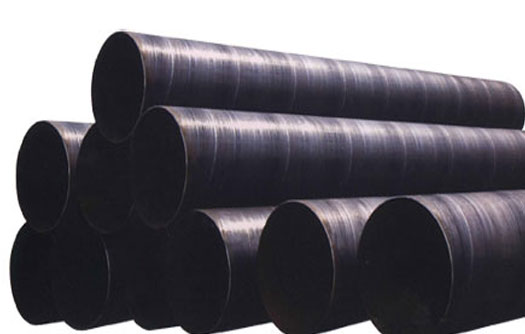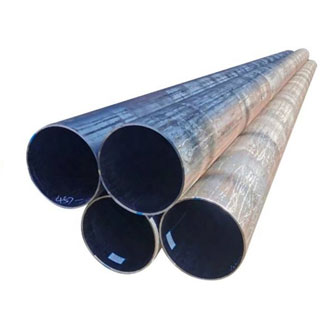Phone Number
+91-22-66287900


Unlike ERW pipes, SAW tubing uses metal fillers and a conductive flux during the welding
process. These substances are deposited on the steel coil edges to help close the seam. In its
solid or unheated state, the flux cannot conduct currents.
However, once heated, it easily acts as a conductor to pass electricity between the electrode
and the seam. This flux also helps cover the sparks and fumes usually emitted during the welding
process.
Meanwhile, the filler material to close the seam is usually a wire up to 6mm thick. This
material is fed to the open seam of the steel coil at a regulated speed and heated by the
current conducted by the flux; it helps weld the edges together.
This filler is usually copper coated to prevent corrosion and rust of the steel pipe. The seam
may be closed from the outside, inside, or on both sides. A SAW pipe made via an interior and
exterior double seaming is also known as a DSAW pipe.
Types Of Saw Pipes
Longitudinal Submerged Arc Welded Or LSAW
The Longitudinal Submerged Arc Welding is the preferred process when making pipes larger than 10 inches. Unlike seamless pipes, which use whole metal billets, steel plates are used when making LSAW pipes. The steel is bent and welded into creating wider diameter pipes- these are the types of lines used in the oil and gas industry. The major difference between LSAW pipes and other types of Submerged Arc Welded pipes is that the welding here is done in a straight seam via a double-sided submerged arc welding. DSAW, or doubled seamed pipes, is another variant of LSAW pipes, with the only difference being that both the former's interior and exterior feature a seam weld.
Spiral Submerged Arc Welded Or SSAW
Unlike LSAW pipes which use steel plates, steel coils form the base production material for Spiral Submerged Arc Welded Pipes. In addition, these coils are welded helicoidally or in a spiral shape instead of being longitudinally welded. Using coils over plates and spiral welding contributes to the cost-effectiveness of Spiral Submerged Arc Welded pipes. As a result, these pipes are preferred for transporting low-value substances like water. If the line is not involved in transporting energy products like gas and oil, it is most probably a Spiral Submerged Arc Welded pipe.
Characteristic Features Of SAW Pipes
Manufacturing Process
ERW Pipes |
SAW Pipes | |
| Seam | The seam in ERW pipes is invisible as the edges are fused by passing an electrical current through the steel. | SAW pipes have a visible seam as the submerged arc welding uses filler metals to fuse the steel seams. |
| Material Used | These pipes are made using steel plates. | These pipes are made using steel coils. |
| Applications | Seamless pipes are used in projects that require tubing that can withstand pressure and corrosion, such as power generation and pharmaceuticals. | SAW pipes transport medium to low-pressure commodities like oil and natural gas. |
Applications Of SAW Pipes
Advantages Of SAW Pipes